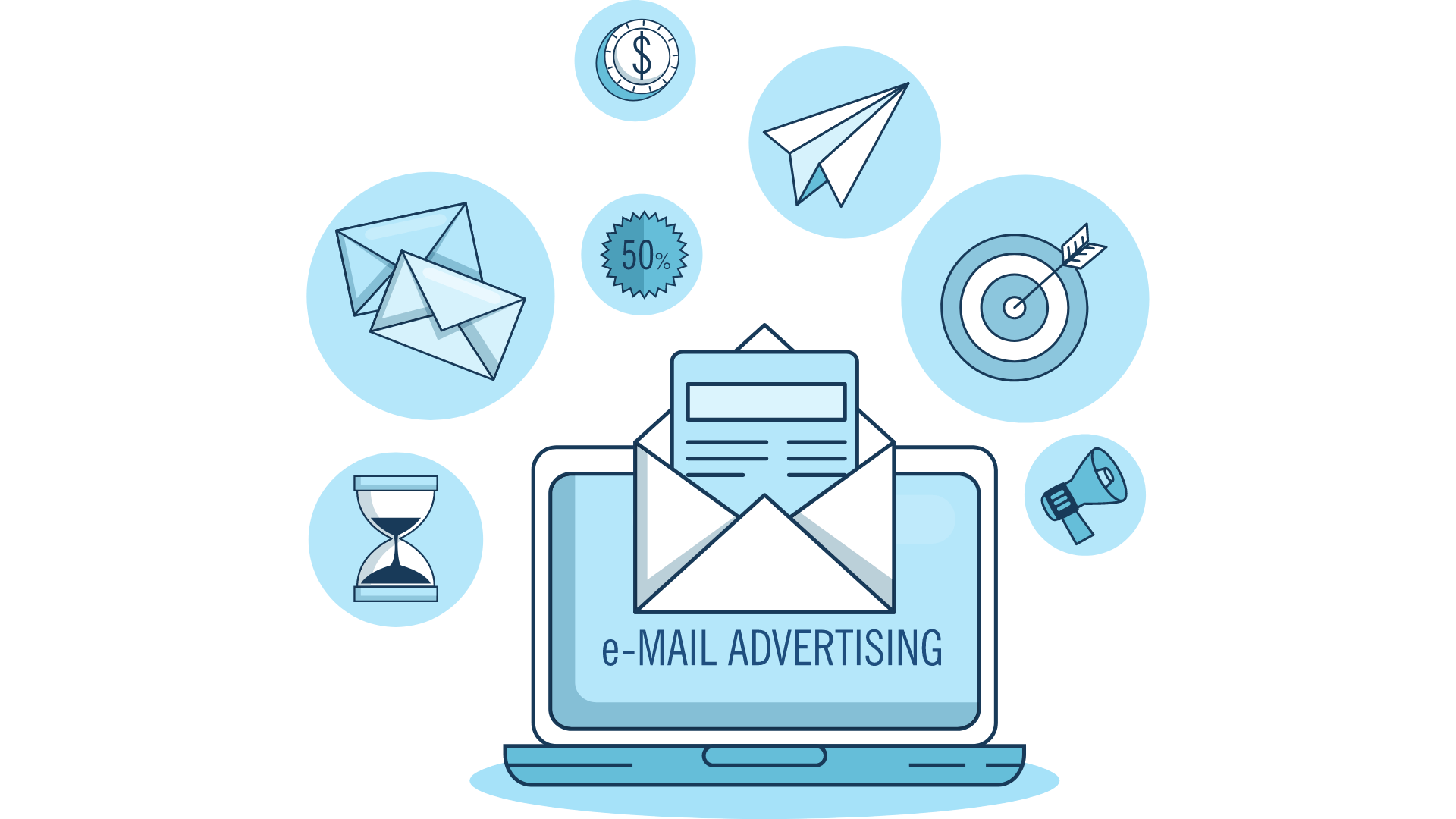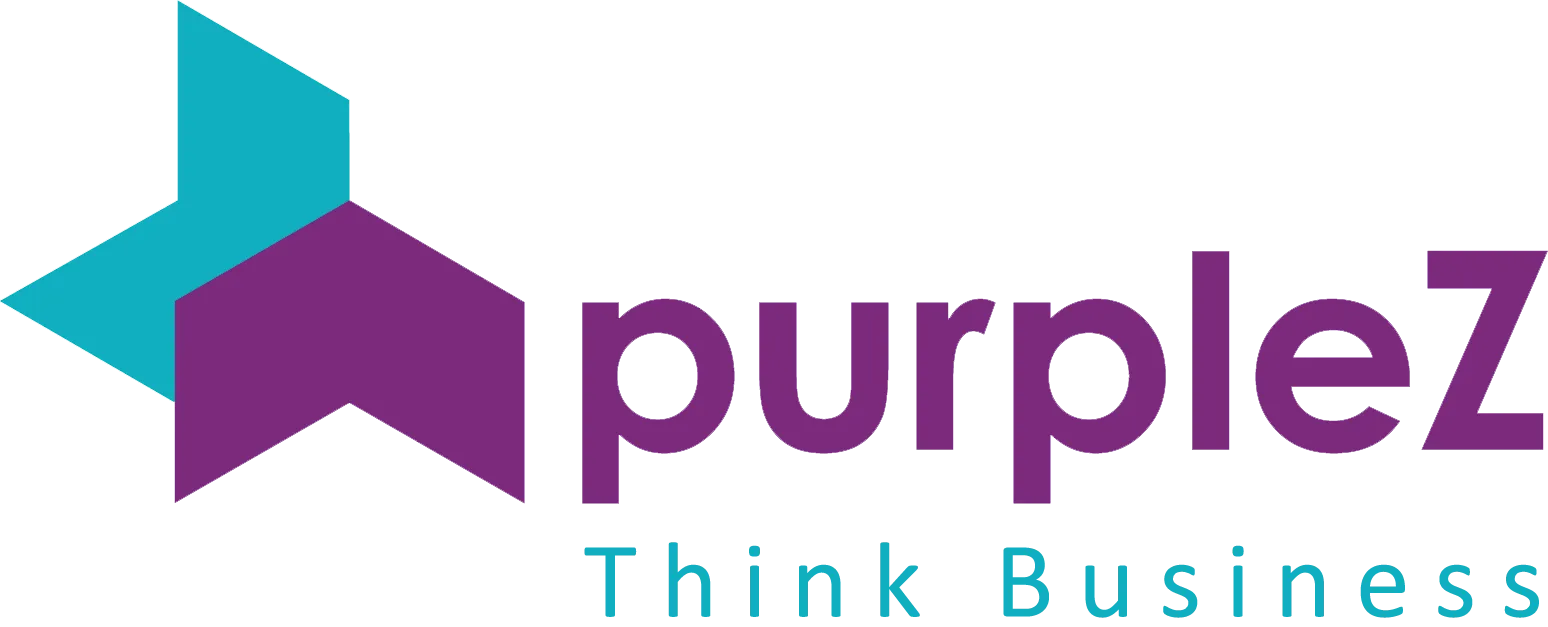
Content marketing is one of the best strategies to grow your company and attract new customers. Yet in order for it to be effective, you must monitor your content marketing KPIs. This means you need to know how many people visit your website, read each article, and watch videos. You also need to know what keywords they’re searching for when they find your content (i.e., what topics are most popular with readers). A content marketing consultant can guide you on each of these subjects. For example, here’s a list of some important metrics:
Monthly blog visits and traffic

The first metric to track is monthly blog visits. This is a good way of measuring the overall success of your content marketing strategy and understanding which types of posts are more popular than others. You can track this using Google Analytics and see how many people have visited each month
Still, we recommend using a third-party tool like HubSpot’s free Social Inbox tool because it will also show you where those visitors came from (e.g., social media or email) and what they did when they landed on your website (e.g., signed up for an email list).
The second metric is monthly website traffic, typically measured in pageviews per month across all pages on your website, including those that don’t contain any written content (like product pages). A high number here shows that people are engaging with what you’re putting out there, hopefully converting into customers!
Unique visitors to your blog
To measure your blog’s growth, you need a metric that reflects the number of unique visitors. You can track this with a tool like Google Analytics.
Unique visitors are the number of people who visit your blog in a given period. They differ from pageviews (the number of times a page has been viewed), so it’s important to know both metrics when evaluating how well your content performs on social media sites like Facebook or Twitter.
Bounce rate

The percentage of users who view a page and then leave is known as the bounce rate. It’s different from the exit rate because it doesn’t consider those navigating multiple pages on your site. However, the bounce rate is still an important metric to track because it gives you insight into how compelling your content is.
If you have high bounce rates, make an arrangement with a content marketing consultant. many visitors are leaving after viewing just one page–and if they need to click through to other pages or scroll down far enough, it could be because they weren’t interested in what was written there.
This could mean you need additional information about why people leave so soon after arriving at your site (or even remove some content altogether!). If you have low bounces and high time spent per visit, however? Then congratulations! You’re doing great!
How long do people stay on your site?
It’s a fact: the average length of time people spend on your site is a key indicator of how well you’re doing. To measure this metric, try using Google Analytics or another analytics tool to track how long visitors stay on your site.
You can also use heatmaps and click measurements (like CrazyEgg) to see where people are clicking and which pages they’re spending the most time on to understand why they’re leaving so quickly–and then use that information as fodder for improving your content strategy as a whole.
What keywords are people searching for when they find your content?
Once you have a good sense of what people are searching for, it’s time to find out what keywords they’re using.
Google Analytics is a great tool for this. It’ll show you the search terms that brought visitors to your site and how many converted them into leads or customers. This information can help inform future content marketing efforts by giving insight into which topics are most important to potential customers, which need to be more relevant (and should be avoided), and how much traffic comes from each topic area.
Use Google Search Console if you want more detailed information about the keywords people use when they find your content online–and where they find it!
Social shares, likes, and comments on your content

Social shares, likes, and comments on your content indicate its popularity. Social media activity can also be used to measure the reach of your content. You’ll know how many people have seen your posts, which means you can see whether or not they’re getting traction with their audience.
Social media engagement is another way that these metrics help you analyze the success of your content marketing efforts. If social shares are high, then engagement rates will likely be higher because those who have shared something tend to interact with it more than those who haven’t shared anything (and vice versa).
Email subscribers to your newsletter or email list

Email subscribers are a valuable asset. They’re more likely to buy from you, share your content, and be loyal customers for life.
If you’re not tracking email subscribers yet (or if your strategy is still in its infancy), here’s what you need to know:
- The number of people opting for your newsletter or email list is a key metric because it shows how many people are willing to receive information from you regularly–and, therefore, how much interest there may be in whatever products or services you offer.
- In addition, having an opt-in form on each page of your website allows visitors who like what they see enough that they want more can easily sign up right then and there instead of having to go back later when they have time on their hands again (which may never happen).
Social media account interactions and reaches

Social media metrics can be tricky to track, but there are some basic ways to measure the success of your social media marketing efforts.
- Twitter followers: You can use free tools like Twitter Counter or Socialbakers to see how many people follow your account and how many new followers you get each month.
- Facebook page likes: Most sites have an option that lets you see how many fans have liked their page; if not, try searching for “Facebook fan page likes” in Google or Bing and look for one of the results with a “Graph API” button on it (this means it’s using data from Facebook). You should also check out what kind of content gets shared most often by looking at which posts get the most engagement from users’ comments and shares. This will help guide future posts to appeal more closely to what people want to see on their newsfeeds than anything else!
- LinkedIn followers: Similar methods apply here as well–you can find out how many connections each person has made via LinkedIn by clicking on “Connections” under Settings within any given profile page (make sure yours!).
Number of downloadable resources (e.g., ebooks) that you offer for free.
If you’re trying to build your brand, offering free downloadable resources is a great way to do it. For example, if someone signs up for your newsletter, they will be more likely to read it if they have something valuable in their inbox. This can be an ebook or other resource that provides value in exchange for their email address.
You can also use this as an upsell later on: once you have them signed up for your newsletter and have built trust with them by giving away useful information every week or so (or month), then offer them another piece of content in exchange for their email address again–but this time charge money! The more content you offer at no cost early on, the more likely people will trust what comes next from you because they know it won’t cost them anything, either!
Increase in conversion rate

This is a very important metric to track, especially if you’re working on an e-commerce site. The more pages a user visits your site before converting, the more likely they will purchase. Tracking this data can help you identify areas of opportunity in content development and UX/UI design changes so that visitors engage with more of what you’re offering before making a purchase decision.
A better understanding of buyer personas
A fictionalized version of your ideal consumer is known as a buyer persona. It’s based on research about your target audience, what they want, and how they think. The more detailed your customer personas are, the better you’ll be able to market to them and develop content that properly addresses their wants.
It’s important that each of your business units has its own buyer personas so that everyone can understand their unique customers’ needs and preferences–and so they don’t overlap between teams or departments. For example, if one team creates ebooks while another creates webinars (or both), it might make sense for each group to define its own buyer personas based on these two different types of content offerings.
In Conclusion
You may improve your understanding of the kind of material that resonate with your audience by keeping track of these indicators, which will help you advertise your content more successfully. You can also identify trends that may have yet to be apparent, such as a topic or format that is popular among readers or has low engagement rates.
Want to start your own content creation adventure and watch your business grow?
Leave it to PurpleZ’s content marketing consultants! We offer a free 30-min content marketing audit for small to medium-sized businesses in Irvine and Los Angeles.

